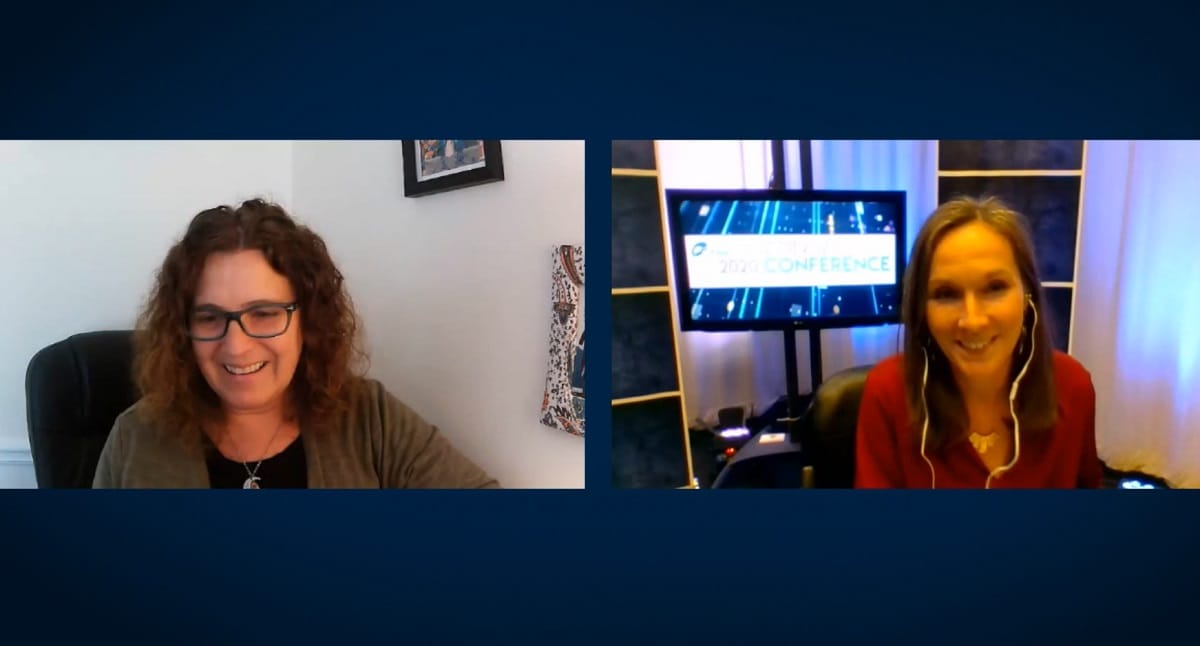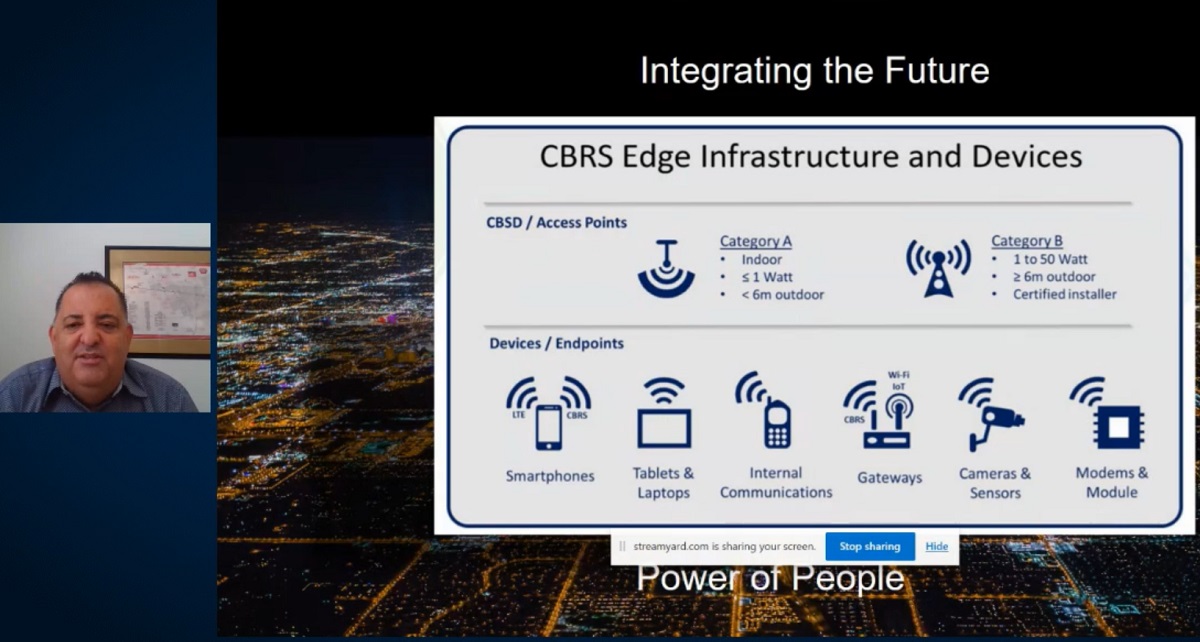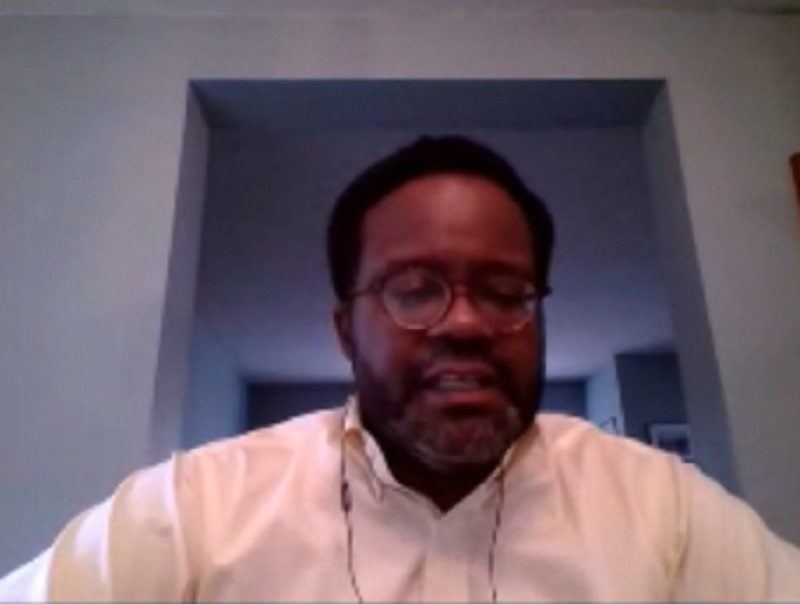At NATOA Conference, 5 Municipalities Highlight Broadband Efforts During Coronavirus Pandemic
September 5, 2020 – Telecommunications officials and advisors from five municipalities described how they have approached broadband during the time of a pandemic. Speaking at the virtual conference of the National Association of Telecommunications Officers and Advisors on “Leveraging Smart Communiti













Member discussion